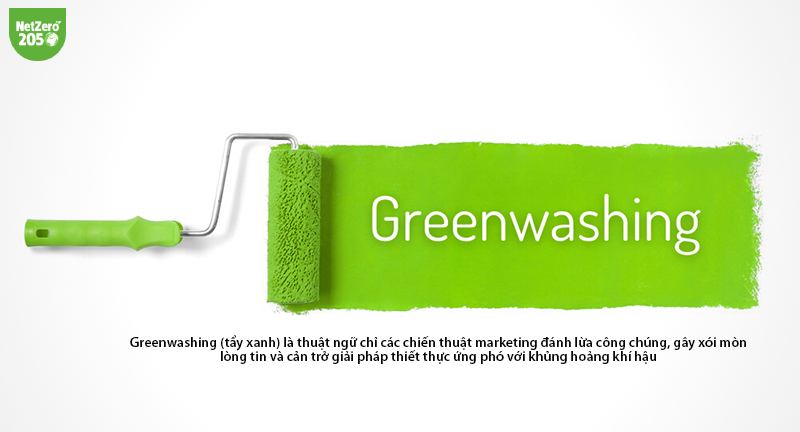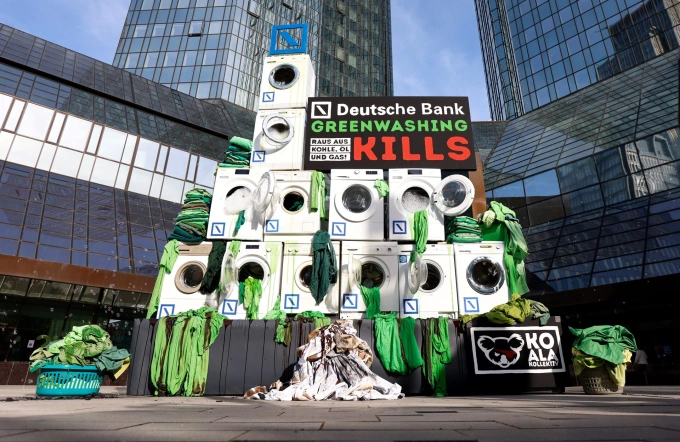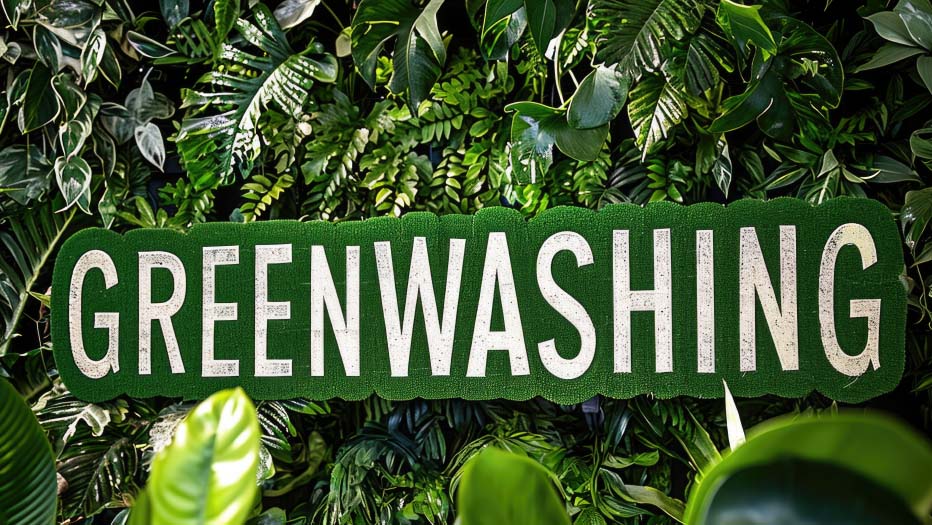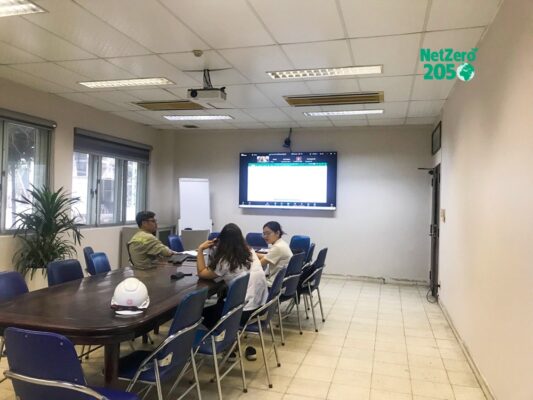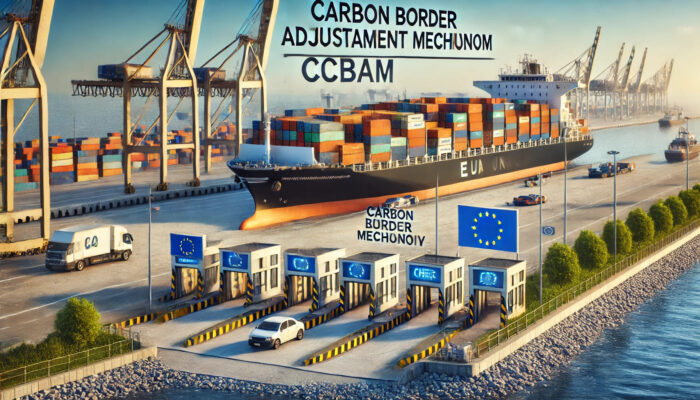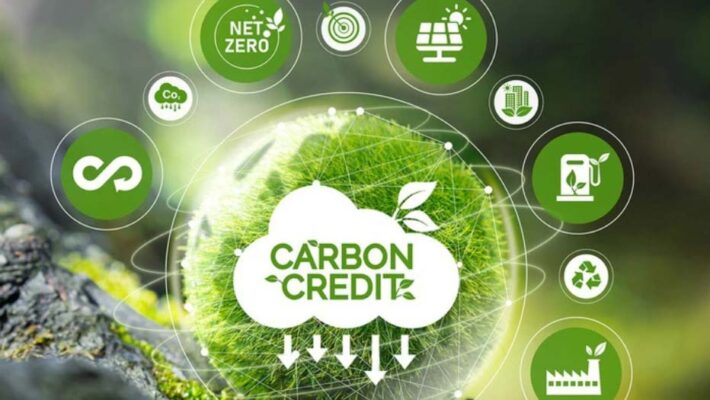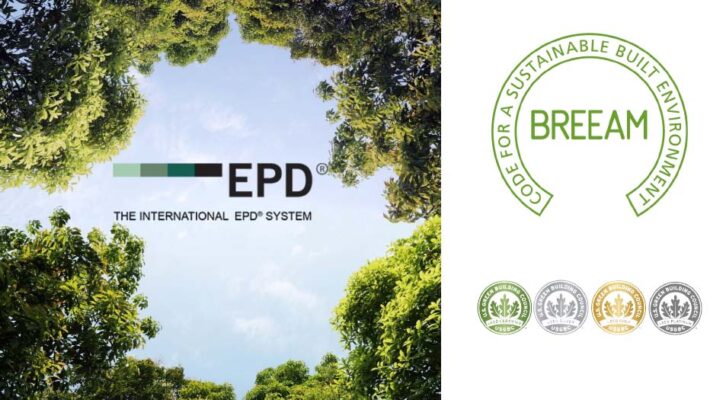What is Greenwashing and What are the Risks for Businesses?
What is Greenwashing?
Greenwashing is a marketing strategy companies use to create a false “green” or “sustainable” image, misleading the public about the actual environmental benefits of their products or operations, while in reality, they do not systematically implement corresponding environmental actions.
The term “Greenwashing” was coined in the 1960s and became more popular after 2015, when the Paris Climate Agreement was adopted. Many companies have committed to carbon neutrality and Net Zero emissions, but a portion of these pledges are purely for marketing purposes, unaccompanied by substantive action.
Why Do Businesses Greenwash?
Businesses engage in greenwashing to cope with local regulations or to win favor with consumers. Modern consumers place a high value on sustainability, according to a 2023 report by McKinsey and NielsenIQ. Over 60% of respondents said they would pay more for a product with green packaging. Additionally, 78% of US consumers value a sustainable lifestyle.
Activists place a washing machine in front of Deutsche Bank headquarters to protest greenwashing during the annual shareholders’ meeting in Frankfurt, Germany, on May 19, 2022. Photo: Reuters
However, implementing genuine sustainable actions is not easy for businesses. According to research by Bain & Company, 98% of sustainability initiatives fail to meet their goals. Another survey found that four out of five decision-makers would rather pay a fine than initiate a sustainability initiative from the outset.
Greenwashing is a threat to efforts to address the climate crisis. This practice encourages other brands and consumers to behave similarly—that is, continuing environmentally harmful activities despite their green claims.
However, these businesses also face reputational damage if their greenwashing is exposed, especially as consumer loyalty has been declining since the pandemic.
For example, Volkswagen heavily promoted its “Clean Diesel” campaign, but its 2015 emissions cheating scandal cost the company over $30 billion, along with massive efforts to buy back sold cars and compensate customers. The scandal also wiped out more than a quarter of the company’s market capitalization within nine months of being exposed.
Eni, an Italian fuel company, was fined €5 million for claiming its palm oil-based diesel was “green.” Ryanair, an Irish airline, has faced greenwashing accusations twice. In 2020, they were first accused when claiming to have the lowest carbon emissions in the industry. This claim was banned by the Advertising Standards Authority because their supporting data was nearly 10 years old.
In early 2023, Ryanair was again accused by the Netherlands Authority for Consumers and Markets (ACM) of making misleading sustainability claims regarding its use of carbon credits to offset emissions.
Edwin van Houten, head of the ACM’s Consumer Department, argued that despite using CO2 offset programs, air travel remains a highly polluting mode of transport. “Airlines can offer CO2 offset programs, but they must not create the misconception that using carbon credits makes flying more sustainable,” said Edwin.
A carbon credit is a tradable permit or certificate that can be bought and sold, giving the holder the right to emit one ton of CO2 or another greenhouse gas.
Types of Greenwashing
According to the University College of Estate Management (UCEM) in the UK, common types of Greenwashing are classified based on behaviors like concealment, over-highlighting, or shifting responsibility.
- Greenlighting: The act of promoting or excessively highlighting a small “green” action or initiative while deliberately concealing or downplaying larger negative environmental impacts in other aspects of the business.
-
Greenhushing: The act of intentionally remaining silent or not publicizing genuine sustainability initiatives and achievements. Businesses fear that if they announce their sustainability goals or accomplishments, they will be scrutinized more closely by environmental activists or the public, who might find imperfections and criticize them. Although not deceptive, Greenhushing can slow down the sharing of knowledge and experience on sustainable development within an industry.
- Greenrinsing: Constantly changing or updating sustainability goals and claims. They “rinse” old commitments to make new ones, which are often less ambitious or easier to achieve. For example, a company might announce it will be “carbon neutral” by 2030, but a few years later, change the target to “a 50% reduction in emissions by 2040,” or alter the calculation methodology to make the goal easier to reach without a clear explanation.
- Greenshifting: The act of blaming or shifting the environmental responsibility onto consumers or other stakeholders.
- Greencrowding: The act of joining or associating with a “green” group, association, or initiative to create the impression that they are performing well environmentally, while their actual contribution to that group or its goals is minimal or insignificant. In essence, they join a “crowd” but their individual contribution is not noteworthy, merely relying on the alliance’s reputation to “green” their image.
Regarding the harm of greenwashing, a United Nations representative stated that the planet cannot afford any more delays in emissions reduction or greenwashing schemes. It is calculated that emissions need to be nearly halved by 2030 and reach zero by 2050 to limit climate change and global warming. In fact, earlier this year, the World Meteorological Organization confirmed that the Earth has already surpassed the 1.5°C warming threshold compared to pre-industrial levels.
The Risks of Greenwashing
In the context of climate change and growing consumer pressure, environmental commitments are no longer an option but a critical element for business survival. However, promoting unsubstantiated “green” claims, or “greenwashing,” is now bringing about multidimensional and more severe risks than ever before.
1. Legal Risks: From a “Gray Area” to a Clear Penalty Framework
Greenwashing is no longer just a communication misstep; it has officially become a legal violation with specific sanctions. Major markets are leading the way in tightening regulations, turning vague environmental claims into tangible financial risks.
- In the European Union (EU): The EU is pioneering with strict regulations. The Green Claims Directive requires all environmental assertions to be verified by a third party and substantiated with scientific data. Violating companies can be fined at least 4% of their annual revenue in a member state, have their profits confiscated, and be banned from public procurement. Additionally, the Corporate Sustainability Reporting Directive (CSRD) compels thousands of companies to report on their environmental impacts in detail and with transparency.
- In the United States: The Federal Trade Commission (FTC) is in the process of updating its “Green Guides” to reflect new technologies and business models, targeting misleading terms like “carbon neutral” or “net zero.” Class-action lawsuits against major brands in the fashion, consumer goods, and energy sectors are becoming increasingly common, causing severe financial and legal damage.
- Global Trend: Other countries like the UK, Australia, and Canada are also strengthening oversight and implementing similar measures. In Asia, regulators in Singapore and Japan are paying closer attention to the authenticity of green financial products and ESG reports.
2. Reputational Risks: A Crisis of Trust in the Digital Age
In a connected world, reputation is the most fragile asset. A greenwashing accusation can spread with astonishing speed, destroying the trust a business has built over many years.
- The Power of Media and Social Networks: Consumers, activists, and watchdog organizations like InfluenceMap or Planet Tracker use technology to analyze and expose false claims. A debunked “green” campaign not only triggers social media boycotts but also becomes a topic for major news agencies, creating a full-blown media crisis.
- Losing Trust with the New Generation of Consumers: Millennials and Gen Z, the dominant consumer groups today, are particularly sensitive to environmental and social issues. They tend to prioritize transparent brands and are willing to punish companies they perceive as “hypocritical.” Once trust is lost, regaining customer loyalty is extremely costly and difficult.
3. Business Risks: Losing Competitive Advantage in the Green Economy
Greenwashing is not just an external risk but also a strategic “trap” that weakens a company’s long-term competitiveness.
- Exclusion from Sustainable Investment Flows: Investment funds adhering to Environmental, Social, and Governance (ESG) criteria manage trillions of dollars. Investors are becoming more sophisticated in their due diligence, using third-party data to screen out companies engaged in greenwashing. Being “blacklisted” means a company loses access to a significant source of capital and sees its stock value decline.
- Supply Chain Disruptions and Loss of Partners: Multinational corporations are imposing strict sustainability standards on their entire supply chains. Businesses that cannot substantively prove their environmental commitments risk being excluded from global supply chains, losing valuable contracts and strategic partners.
-
Missing Out on Real Innovation Opportunities: When a business focuses its resources on “polishing” its image instead of investing in R&D, improving production processes, or transitioning to a circular business model, it will fall behind. While competitors are genuinely innovating and creating sustainable value, the “greenwashing” company will be stuck with outdated technology and lose its ability to adapt to a rapidly changing market.
CIC’s Perspective: Toward Transparent and Substantive Sustainability
Greenwashing is a real threat, not only to the planet but also to the very survival of businesses. The United Nations has warned that global emissions must be nearly halved by 2030 to keep the 1.5°C target within reach.
With over 35 years of experience in technology and consulting for engineering industries, we believe the only path to sustainable development is through transparency and substantive commitment. Instead of superficial communication campaigns, businesses need to:
- Integrate sustainability into their core strategy: View emission reduction and resource optimization goals as part of the business strategy, not as an add-on marketing activity.
- Measure and report based on data: Apply international standards like ISO 14064 (Greenhouse Gas Inventory) and ISO 14040/14044 (Life Cycle Assessment – LCA) to obtain accurate and reliable data.
- Take concrete action, not just make pledges: Instead of just declaring Net Zero, start with concrete actions such as optimizing energy use, transitioning to recycled materials, and investing in clean technology.
-
In the era of transparency, “greenwashing” is a high-risk, short-term-gain strategy. Building trust based on real action is the most solid foundation for long-term growth.


